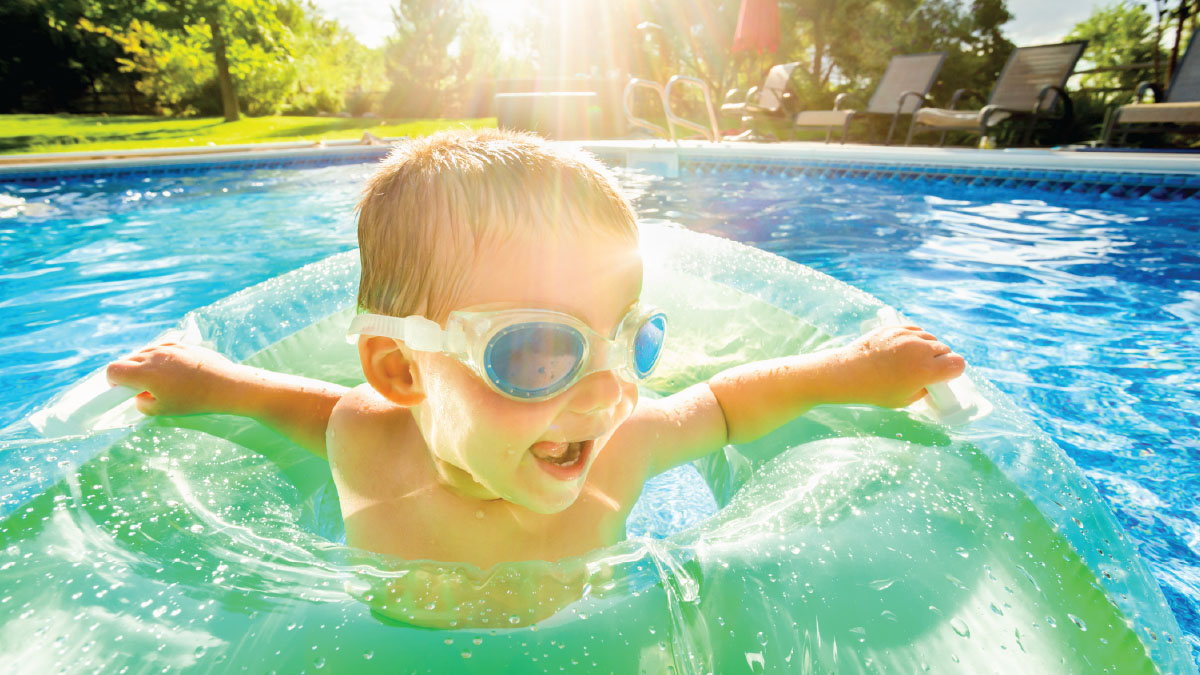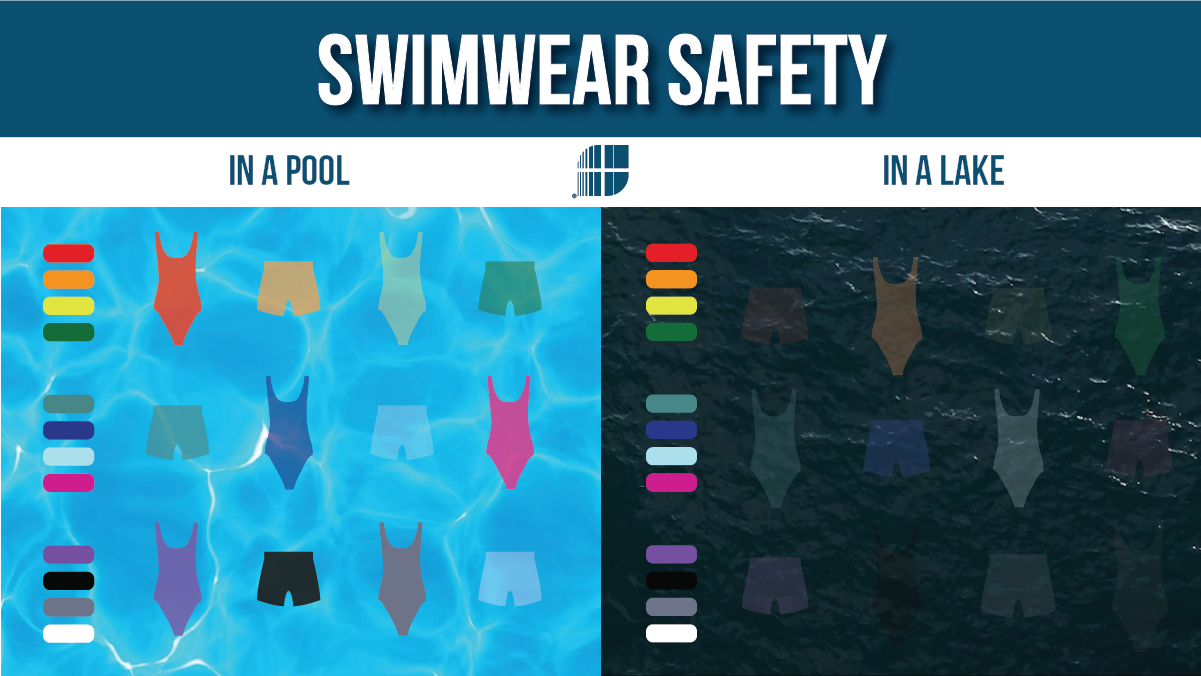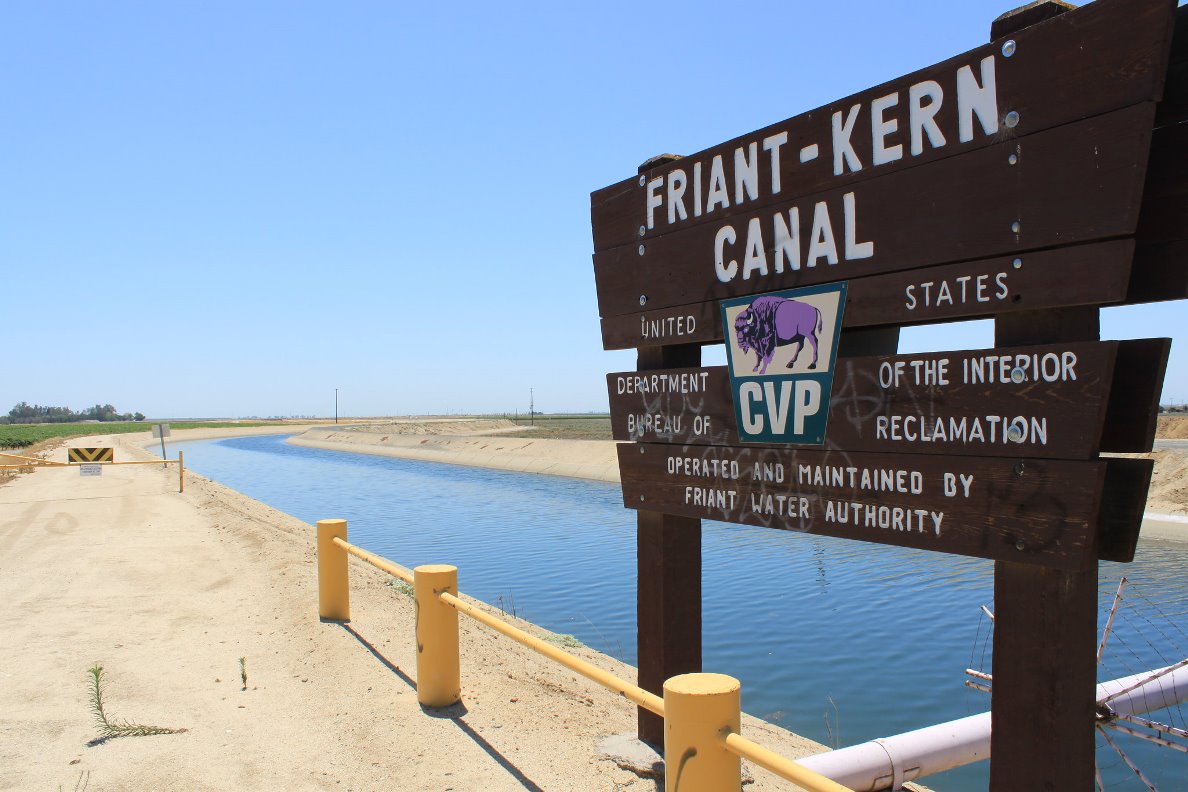How to stay safe around water
July 9, 2024
Swimming at home or taking a trip to the lake or ocean are popular summer activities and an easy way to stay cool during summer—but when you’re in the water, always keep safety top of mind.
According to the CDC, there are more than 4,000 fatal drownings each year, making drowning the leading cause of death in children ages 1-4. Here are a few things to remember next time when you and your loved ones are near water:
Swimsuit colors matter
The color of your child’s swimsuit can help keep them safe in water—at home or at the lake. Some colors, like blue, grey or green, can be difficult to clearly see underwater. Bright or neon colors are recommended to help you track your child while they swim and can make it easier to identify other children in the water as well. Bright colors can also make it easier to spot your child at a crowded beach or lake.
Never leave children unattended
Even if your child has taken swim lessons and is a strong swimmer, they should never be left unattended in or around water. If you or your caregiver needs to step away, designate another adult you know to keep an eye on your child. If no other adult is present, get your child out of the water and bring them with you.
Limit distractions. When children are playing in water, watching them should be the only task you’re doing. Don’t read, play games, or use your phone while children are in the water, but keep a phone nearby in case of emergency.
Even when a lifeguard is present, it is still a parent or caregivers’ responsibility to keep eyes on their child. Lifeguards are watching for children in distress and may be addressing other issues, or their line of sight could also be blocked by other swimmers.
Teach children about water safety
Learning to swim is a lifesaving skill. The first and most crucial step to teaching a child water safety is giving them opportunities to learn how to swim. Whether you teach your child yourself or enroll them in a swim class, swimming lessons provide long-term benefits for your child.
Regardless of their ability to swim, your child needs to know how to find the steps and climb out of the pool. Learning this can help your children stay calm should they accidentally fall in. Children should never run around or near pools and always ask permission to go swimming or play in bodies of water.
Install permanent safety devices
If you live near open water or own a pool, it’s important to install appropriate safety devices to keep children safe. Pool gates or door alarms will vastly decrease the threat of drowning. Consider installing a permanent gate or a mesh pool fence with a self-closing latch around your above- or in-ground pool. If this isn’t an option, door alarms and child proof locks can be installed on doors leading to bodies of water.
Don’t play around canals
 While swimming pool drownings are more common in younger children, open water poses a larger threat to older children, teenagers, and adults. Lakes, rivers, retention ponds and canals are just some of the types of open water that can quickly become dangerous.
While swimming pool drownings are more common in younger children, open water poses a larger threat to older children, teenagers, and adults. Lakes, rivers, retention ponds and canals are just some of the types of open water that can quickly become dangerous.
Canals, for example, may appear calm, cool, and inviting—but water below the surface is often fast moving and the current can quickly drag somebody under. If you or your loved one is not a strong swimmer, wear a life jacket and make sure it’s properly secured and tightened before getting into any body of water—especially when participating in any boating activity. Although these tips can help prevent drowning, you shouldn’t rely on one single safety measure to keep your children safe. By employing multiple measures, you can help to significantly reduce your child’s risk of injury or death while spending time in or around water this summer.
